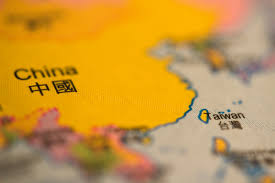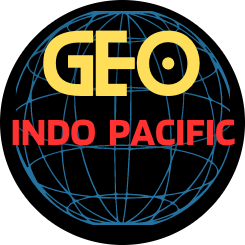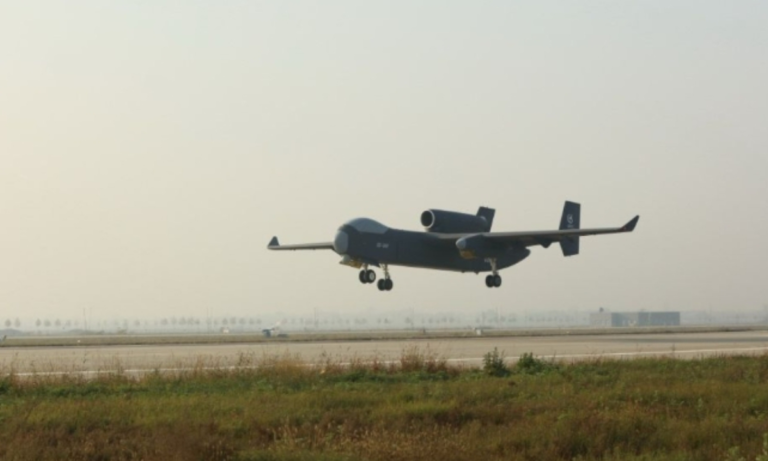
With several possible trajectories depending on geopolitical, economic, and domestic factors. Here’s a balanced projection based on current trends and historical context:
1. Short to Medium Term (Next 5–10 Years)
- Status Quo Prevails: Taiwan will likely maintain its de facto independence while China continues to assert its “One China Principle,” refusing to renounce the use of force.
- Economic Integration Deepens: Cross-strait trade and investment will grow, especially in semiconductors and tech sectors, but Taiwan will seek to diversify its economic ties (e.g., with the US, Japan, and EU) to reduce dependence on China.
- Military Posturing Escalates: China will continue military drills near Taiwan, while the US and allies increase arms sales and defense cooperation with Taipei. A full-scale invasion remains unlikely unless Taiwan declares formal independence.
- Diplomatic Isolation of Taiwan: China will keep pressuring nations to cut ties with Taiwan, but Taiwan may retain informal partnerships (e.g., with the US under the Taiwan Relations Act).
2. Long-Term Scenarios (10–30 Years)
A. Peaceful Reunification (Optimistic Scenario)
- If China democratizes or adopts a more flexible stance (e.g., “One Country, Two Systems” with real autonomy), Taiwan might consider negotiated reunification.
- Economic interdependence and generational shifts in Taiwan (if younger generations see benefits in closer ties) could facilitate this.
B. Prolonged Stalemate (Most Likely Scenario)
- Taiwan continues to function as a de facto sovereign state without formal recognition.
- China avoids war due to economic costs and US deterrence but maintains pressure.
- Taiwan strengthens asymmetric defenses and international partnerships to deter aggression.
C. Escalation to Conflict (Worst-Case Scenario)
- If Taiwan declares independence or if China perceives US support weakening, a military crisis (blockade, limited strikes, or full invasion) could occur.
- The US and allies (Japan, Australia) may intervene, leading to a regional war with global economic disruptions (e.g., semiconductor supply chain collapse).
Key Factors Influencing the Future
- US-China Relations: A US retreat from Asia (unlikely) would embolden China; sustained US commitment helps deter conflict.
- Taiwan’s Domestic Politics: Pro-independence moves (e.g., constitutional changes) could trigger Chinese aggression.
- China’s Internal Stability: Economic troubles or political unrest might make Beijing more aggressive (diversionary war) or force compromise.
- Technological & Military Balance: Advances in AI, cyber warfare, and missile tech could shift the deterrence equation.
Conclusion
The most probable outcome is a prolonged stalemate, with neither reunification nor formal independence in the near term. However, risks of accidental or intentional escalation remain. The trajectory will largely depend on whether China can co-opt Taiwan economically and politically or if Taiwan secures enough international support to maintain its autonomy indefinitely.





